Lancia Cars
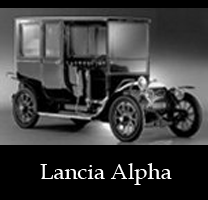
In 1908 manufactured the Beta and in 1913, with the Theta, which was the first European production car with a complete electrical system.
In 1918 a prototype eight-cylinder engine with a 45-degree V and another 12-cylinder engine, again in a narrow V-shape, of only 22 degrees are patented.
This last solution will characterize Lancia production for many years and the last engine with this structure will still be mounted on the Fulvia coupe in 1976.
In 1921 the Trikappa proposed, first in the world, a narrow V 8-cylinder engine.
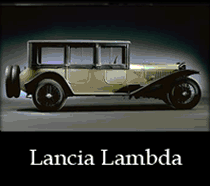
In 1922 the Lambda anticipates the monocoque chassis, the front suspension with independent wheels, the transmission tunnel built inside the floor space, the luggage van within the structure of the body and the world's first 4-cylinder V engine.
In the following years the Dilambda, the Artena, the Astura, the Augusta will appear.
Next Aprilia and Ardea.
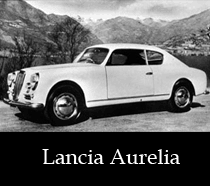
In 1950 the Aurelia was born, which in the B20 version will become the symbol of Italian GT cars.
In 1953 it was the turn of the Appia.
In 1957 the Flaminia was presented at the Geneva Motor Show and, in 1960, the Flavia enhanced the value of front-wheel drive.
In 1963, again at the Geneva Motor Show, the Fulvia was presented, which in the coupe 'HF version would become one of the queens of rallies.
In 1972, the first Lancia car of the Fiat era was born, the Beta.
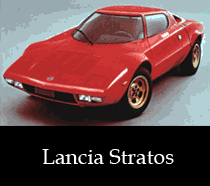
In 1973, the Stratos was born that will dominate the rallies of those years.
In 1976 the Gamma with boxer engine was presented.
In 1979 the Delta appears on the market as a quiet sedan, which however will show all its character in subsequent HF versions.
In 1980 the Beta Trevi was presented.
In 1982 the Lancia Rally 037 was presented at the Turin Motor Show.
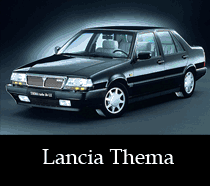
Again in 1982 the Prisma was presented and in 1984 the Thema will follow.
In 1985 the Delta S4 made its debut, featuring permanent all-wheel drive and dual supercharging: volumex and turbo.
In 1985 the Y10 was the first car to adopt the innovative Fire engine, while the Thema 8.32 (1986) featured a Ferrari, 8 cylinder 32 valve engine.
In 1986 the Delta HF 4WD made its début which will open a cycle of victories that is still unmatched.
In 1989 the Delta HF 16V integrale and the Y10 Selectronic were born, the latest equipped with a continuously variable gearbox with electromagnetic clutch,
In 1990 the Lancia Dedra HF Turbo.
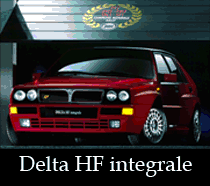
In 1993 the new Lancia Delta was presented.
In 1994 the Lancia K and the Lancia Z.
In 1995 the production of the Delta HF integrale ends.
In 1999 the Lybra, appears on the scene, in 2002 the Phedra and the new flagship Thesis.
In 2003 the luxurious Ypsilon city car was presented at the Geneva Motor Show, followed in 2004 by the Musa.
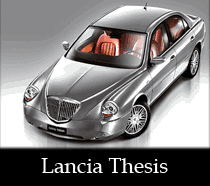
In 2006, to celebrate Lancia's 100th anniversary, the 'Centenario' edition was presented for the Ypsilon, Musa and Thesis models.
In 2008 the New Lancia Delta appears.



